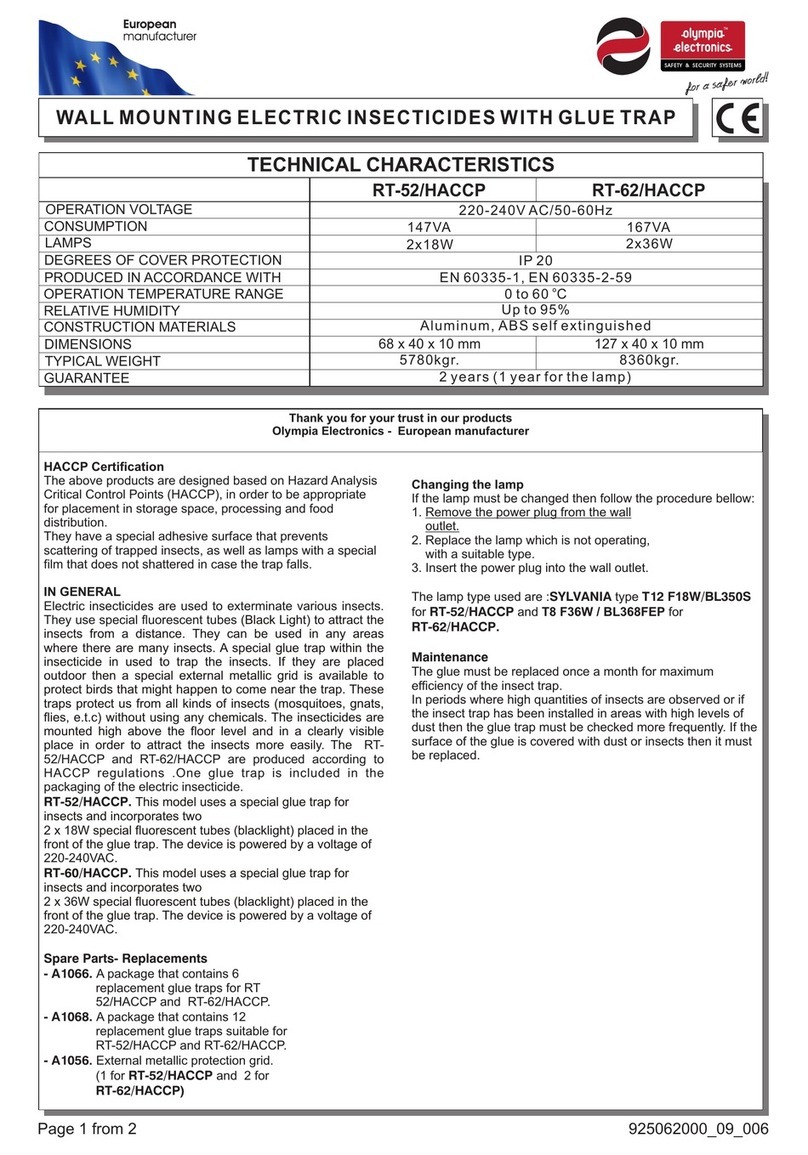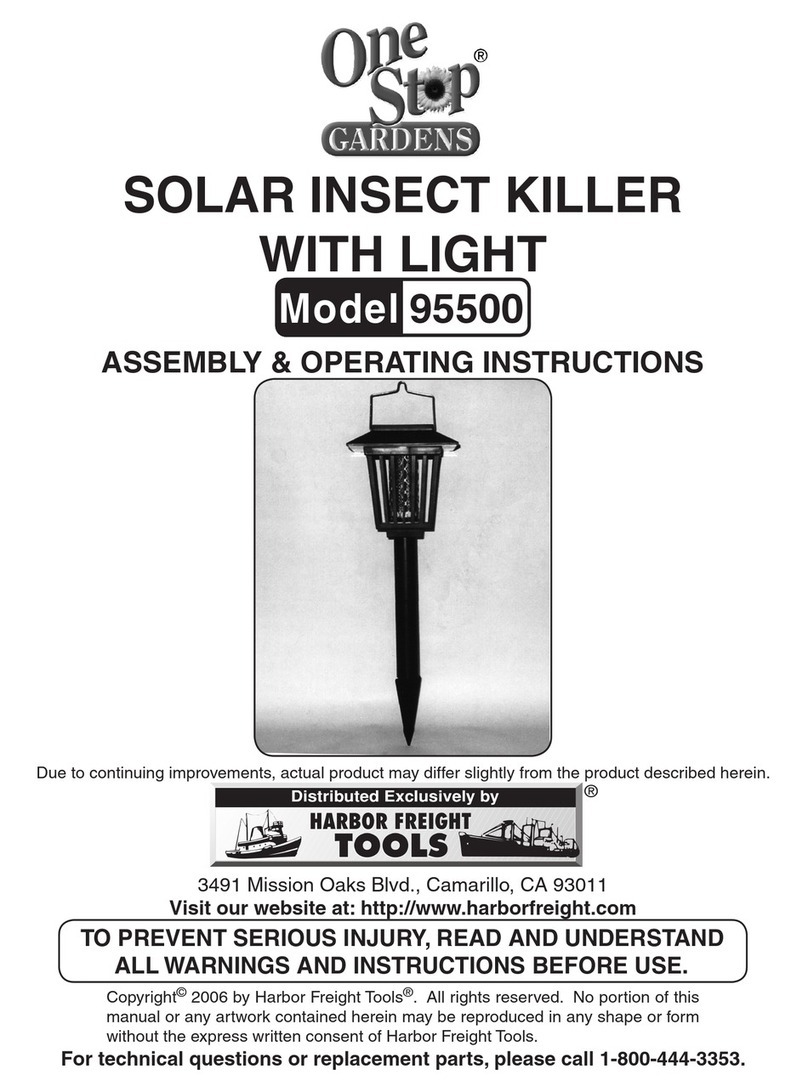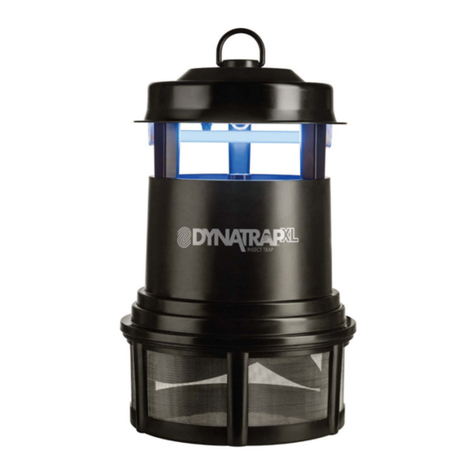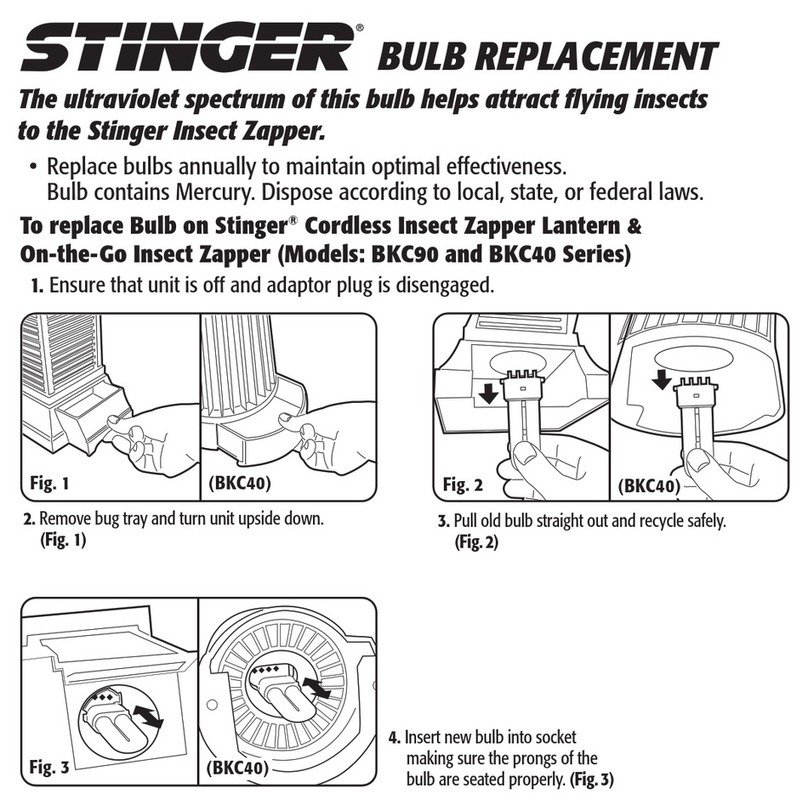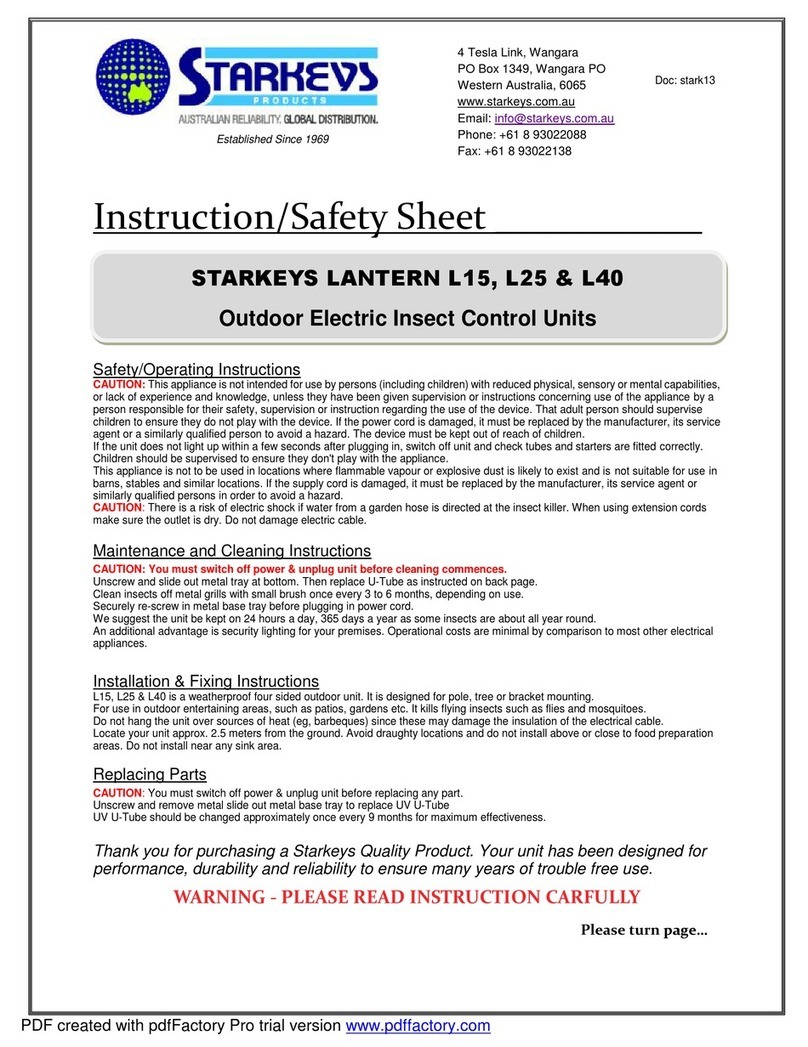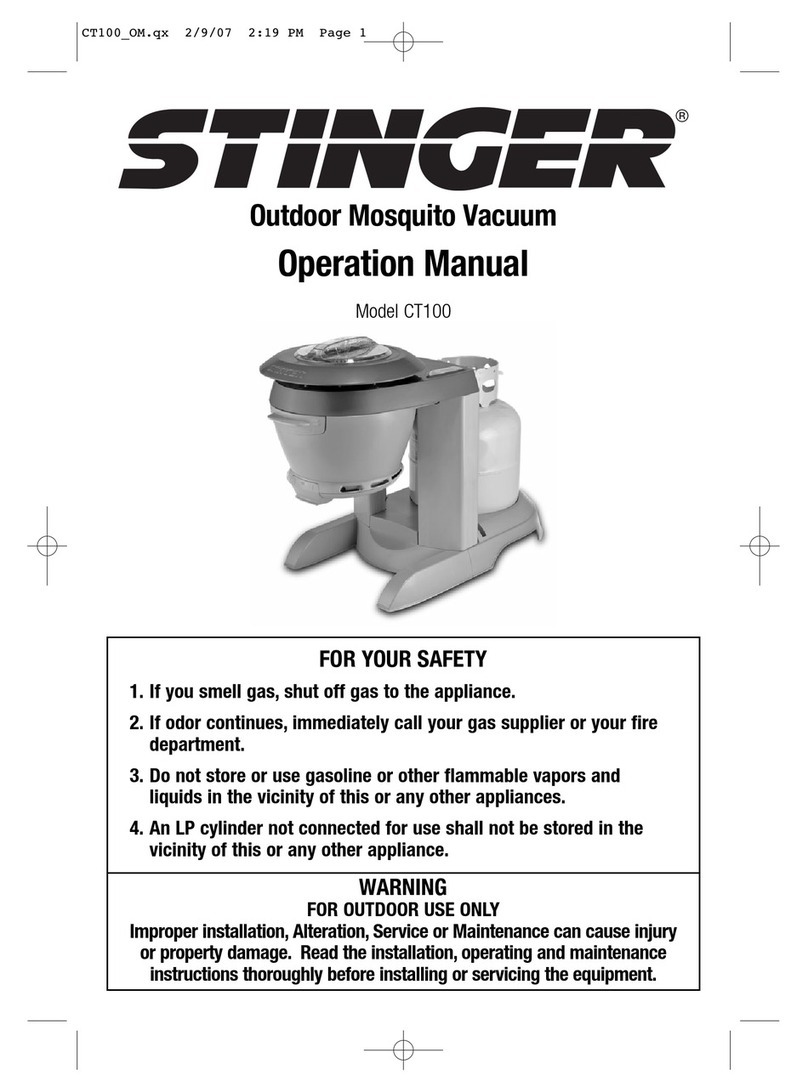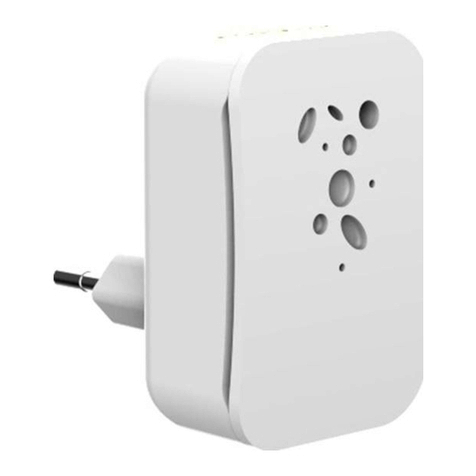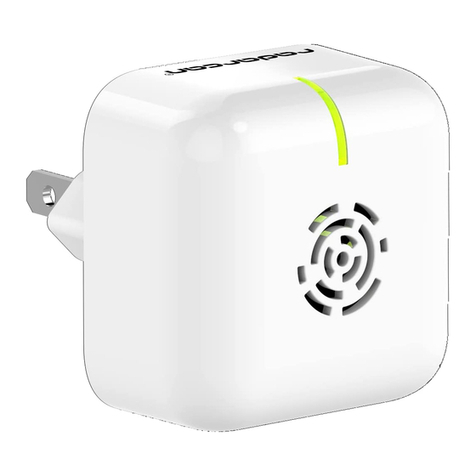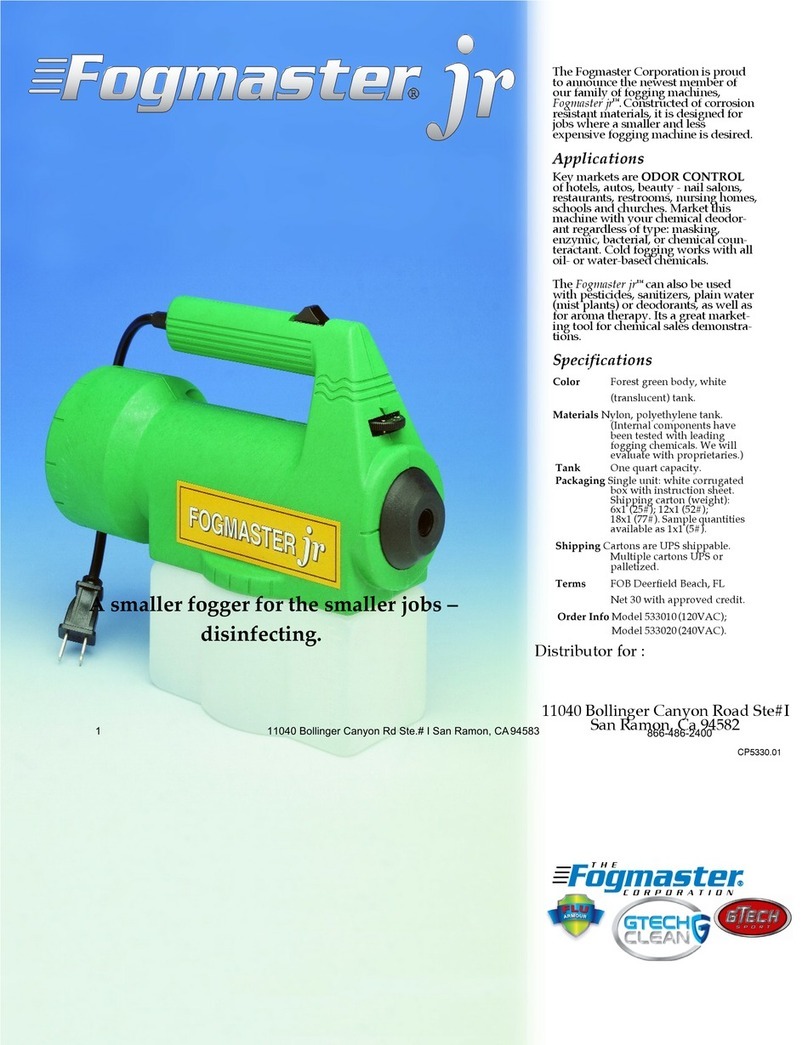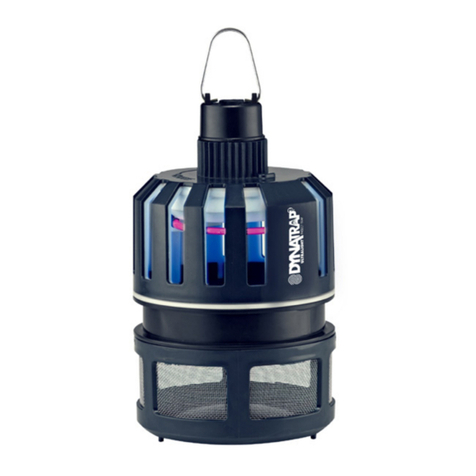
Installation
2023248 [Rev. 4 - en]/2018-05-04 Page 5 | 8
2.5 Installing the L-guide profile
INFO
Only required with P.50, P.51 and P.80.
Position the L-guide pro-
file below the swinging
door against the mount-
ing substructure and
align.
Transfer the drill hole
position.
Drill the fixing holes.
Attach the L-guide pro-
file.
3 Maintenance
Proper and regular cleaning and the use of original spare
parts only are essential for fault-free operation and a long
service life.
CAUTION
Risk of injury from falling from climbing aid!
Climbing aids (e.g. ladders, scaffolding etc.) may tip
over if improperly erected.
Position climbing aids on level and firm ground.
Do not rest climbing aids against the product.
CAUTION
Risk of injury from falling!
There is a risk of falling during maintenance work!
Take suitable, safe measures to prevent or stop a
fall!
3.1 Cleaning and care
Over time, a film of dirt will settle on the surfaces of
products due to environmental influences.
Due to the effects of solar radiation, this contamination may
become permanently adhered to the surface coating. These
factors reduce the value and, possibly, impair the function
of the product.
To contribute to a long service life of the product, the
surfaces should be cleaned regularly or at least once a
year.
In certain environments such as in industrial zones, close
to heavy traffic and in the vicinity of the sea (salty air), more
frequent cleaning may be necessary to protect against
surface damage.
Purpose of cleaning and care
The purpose of regular and proper cleaning and care is to
retain the value of the product and extend its service life.
The purpose of repeatedly cleaning the product is to retain
the well-maintained appearance of the building and product.
Result of cleaning
NOTICE
Product damage from incorrect cleaning!
Incorrect cleaning procedures may result in
damage to the product or product parts. Surfaces
and structures may be permanently altered (e.g.
scratches).
Do not use high pressure washers, steam
washers, abrasive sponges, abrasive cleansers,
or aggressive cleaning agents or solvents such
as alcohol or naphtha.
Do not use chlorinated cleaning agents on or
near the product.
Do not wash the insect screen gauze in a
washing machine or similar equipment.
Do not rub the fabric excessively with a hard
brush or sponge.
No claims for damage can be raised on the grounds of this
cleaning information, as the effectiveness depends on a
large number of factors that vary widely from case to case.
The effort required for cleaning and the cleaning results
depend on the degree of soiling. It will difficult or possible
to restore surfaces that have been exposed to the weather
and have not been cleaned over many years to their original
state.
General information on cleaning
Tip/recommendation
The WAREMA cleaning glove combined with
WAREMA cleaning agent concentrate for sun
shading products is ideal for properly cleaning the
surfaces.
The WAREMA cleaning agent can be used for metal
and plastic surfaces and is certified by the GRM
(Gütegemeinschaft Reinigung von Fassaden e.V.)
(certification no. 142, 242, 342, 442, 542).
To order, contact your WAREMA dealer.
